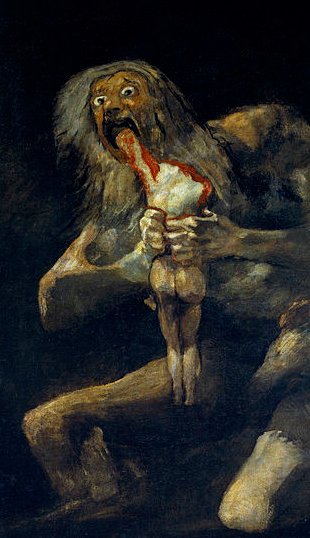May 22 (5-22) is a central day and we can count 52 * 2 = 104: ... When it was evident that the years lay ready to burst into life, everyone took hold of them, so that once more would start forth - once again - another (period of) fifty-two years. Then (the two cycles) might proceed to reach one hundred and four years. It was called 'One Age' when twice they had made the round, when twice the times of binding the years had come together ...
Beid is ο¹ Eridani and omikron is like a little egg (hua). We can imagine the koti glyph in Ca3-12 is illustrating how an egg is broken into halves. Kua hua ki te kotiga seems to mean the 'fruit' (possibly meant to illustrate twins) comes to (ki) the 'hatching place' - the place of division (kotiga). We should perhaps read the glyphs pairwise, Ca3-9 together with Ca3-10 and Ca3-11 together with Ca3-12. Koti-ga is a place (-ga) where time is 'cut through':
Koia is suitable for word play as a contrast to kotiga. In tapamea tagata kua iri the 4 words are together (kotia), not separated (kotiga). With tapamea - tagata hoi hatu (in the 'π' glyph Ca3-14)there is an opening (vaha) between the 1st and the 2nd part, and this opening evidently could occur with Ca3-12 (or between Hyadum I and Hyadum II). Metoro's ki te pa at the vaha kai glyph could mean 'to the enclosure'.
According to my norm for the vaha kai type of glyph the form in Ca3-10 ought to be reversed in meaning, possibly indicating a 'birth' hole instead of the hole of 'disappearance' - where at the horizon in the west all celestial persons will be 'swallowed'.
Kai tagata. However, if days are counted forward from the end of side a on the G tablet to the beginning of side b and further on, then vaha kai in Gb5-10 seems to contradict my idea. Although the RA time is remarkably close to that of vaha kai in Ca3-10 the orientation is the opposite:
Should we instead count days backwards from the beginning of side a, then the position of vaha kai in Gb5-10 will be May 24 (144) - (473 - 364) = 144 - 109 = 35 (February 4). |




